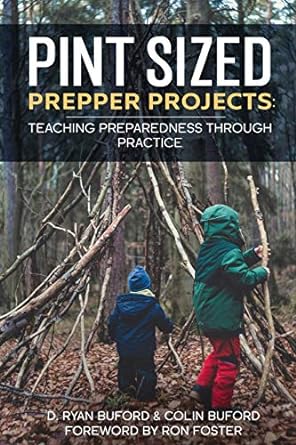How to: Make Stinging Nettle Soup
Video
Nettles are a very nutritious, high-quality, free, and easily harvestable wild food source that has become very underused in modern times. Once used across multiple continents as a nutritious, high-protein, high-vitamin and mineral, complement to meats and starches; they have fallen out of use in modern times with the emergence of the modern grocery store culture, like many free and very nutritious wild food sources have.
Perhaps no single wild plant both satisfies and challenges the contemporary reputation of wild foods as much as stinging nettle (Urtica dioica). A weedy perennial found on every continent but Antarctica, nettles have long been collected for food, medicine, and fiber. Their use can be traced deep into human history - samples of nettle cloth have been found in Bronze Age excavations - and fragments of their extensive lore linger today. Nettle extracts are used in some commercial soaps and shampoos, and nettle tea is marketed as a popular natural remedy for spring allergies.
We would all do well to incorporate nettles into our diet, as they are an unusually rich source of nutrients. Fresh leaves contain up to 20% protein (dried leaves up to 40%)-more than any other known leafy green - and as a source of essential amino acids, nettles are comparable to beans and chicken meat. A hundred grams of fresh nettle leaves (a generous 1/2-cup blanched) contains 100% of our daily vitamin-A requirements as well as 46% of our daily calcium, 20% of our daily fiber and 10% of our daily iron.
top↟ Show more > >






